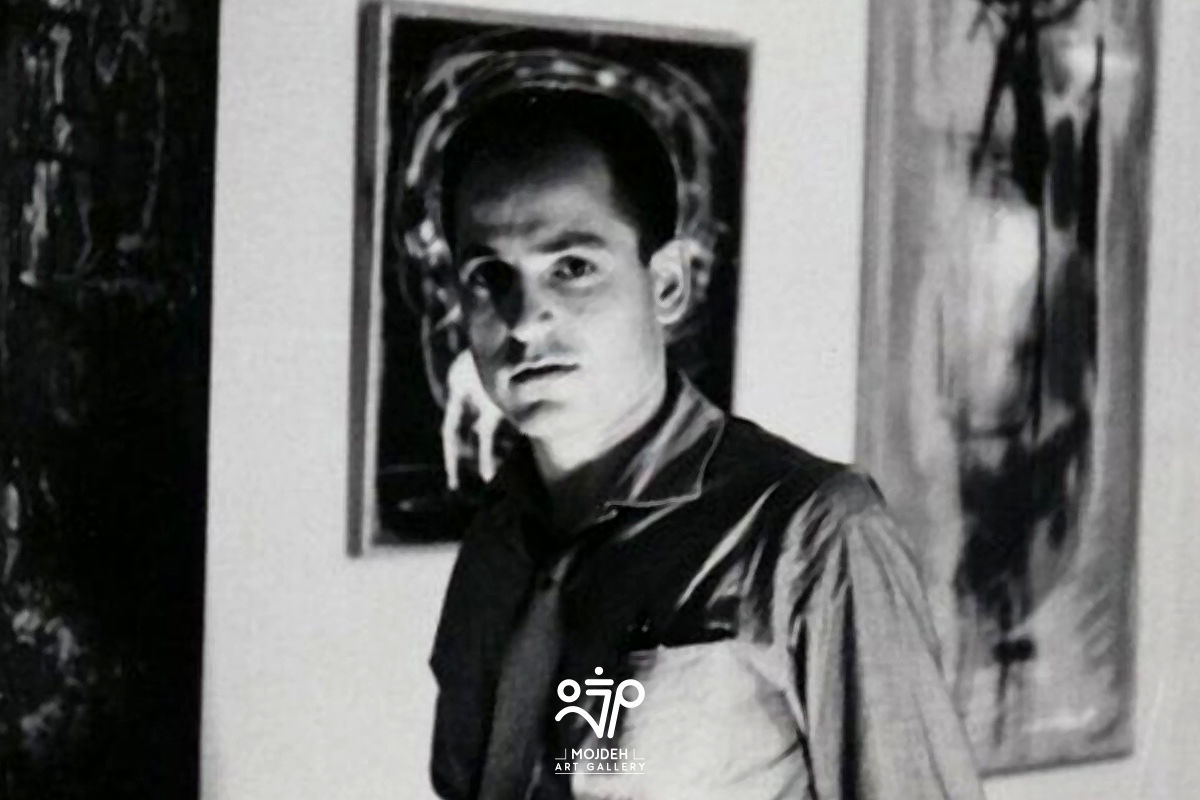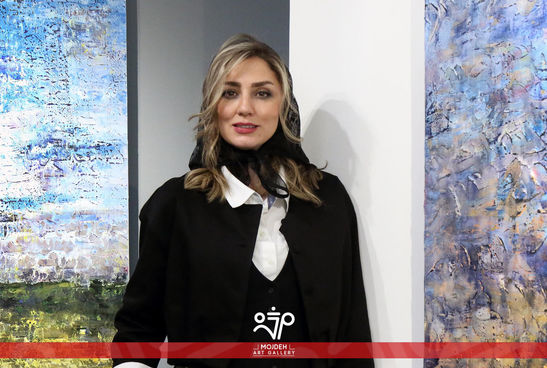Sirak Melkonian

Sirak Melkonian, among the most important modernist artists of Iran, was born in Tehran in 1930. During his adolescence, he learned painting with Alex Gurgis, and his first paintings of this period are derived from nature. During this period, and along with his contemporary Armenian painters, he seriously and persistently learned painting, and a number of his figurative works are rooted in these fruitful years. Several events, including his acquaintance with Marco Grigorian, another Armenian artist, and his new view of nature, led to his new constructions in the realm of abstract painting. After an initial acquaintance with Marco and with his encouragement, he went to Italy to learn painting academically. Although he continued part of his education in Italy, he left his studies unfinished and continued painting with personal studies. In the sixties, he organized numerous exhibitions in Europe, and at the beginning of the seventies, he returned to Iran and began teaching painting. Sirak immigrated to Greece and then Canada in the late seventies and lived in this country until the end of his life. It is worth mentioning that throughout his years of living in Canada, he returned to Iran for various exhibitions and was among the artists whose connection with the country was always maintained. His most important exhibition during his travels to Iran was his solo exhibition in Ab Anbar and Aria Galleries. Most of Sirak's works are influenced by nature and its elements, and fewer figurative works can be found from him. Although over the years, his different view of nature can be compared with his contemporary, Behjat Sadr: in Sirak's works, the lines on the ground, the forms rooted in the soil are used to produce meaning, and in Sadr's works, the abstract view of figurative elements is more visible. Considering what has been said, Sirak can be considered a pioneer of a style that was later continued in other generations, and that style is the perception of line and form from the ground to change the viewer's point of view.
Sohrab Ahmadi


